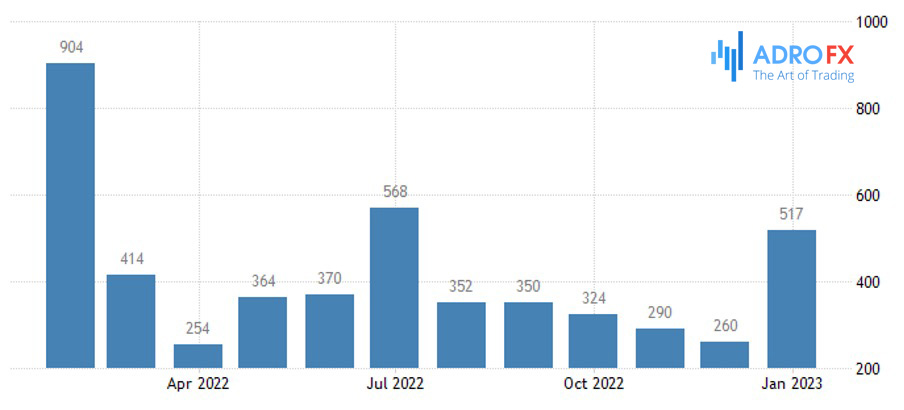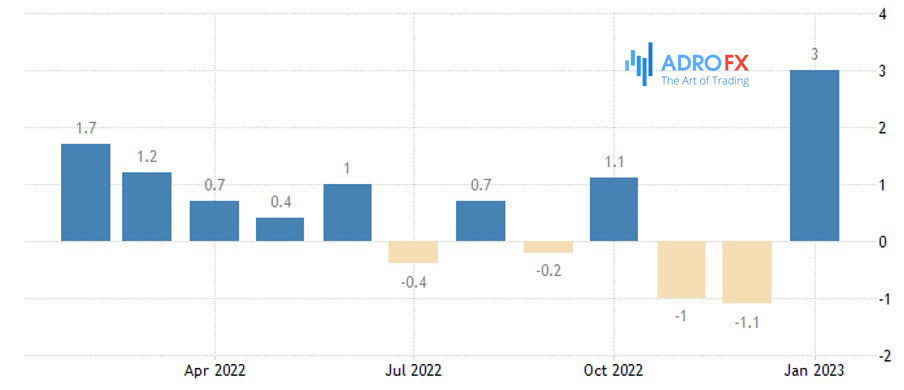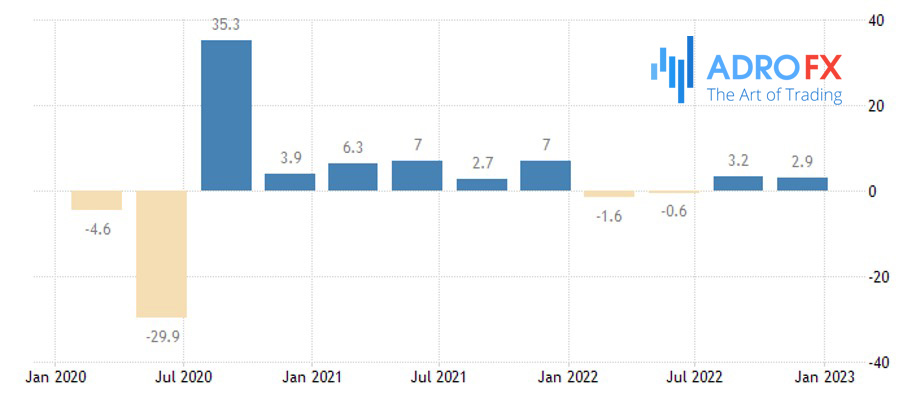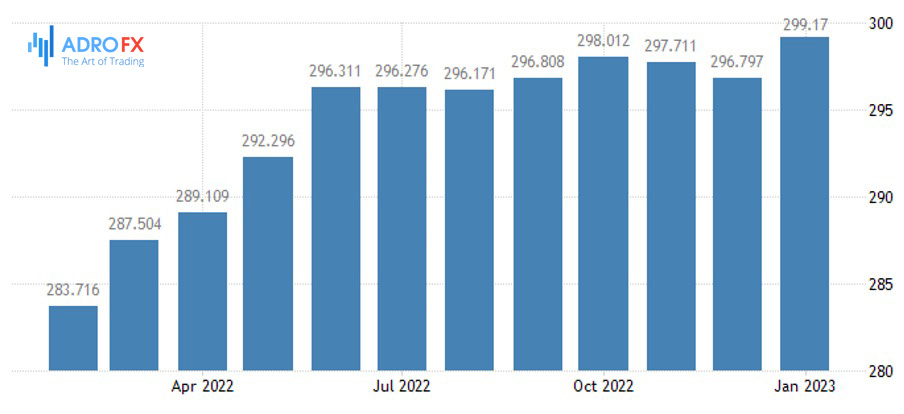Economic Indicators That Impact The Market | Daily Market Analysis

Every month is full of news that is important to those who follow the financial markets. This is information about various economic indicators. As a rule, it comes from government agencies, industrial organizations, and scientific institutions. Most of this news is released according to a pre-determined schedule. Publicly available information gives an indication of the state of the national economy, such as the unemployment rate, inflation, and consumer spending.
However, they are important not only to economists but also to professional traders who want timely data to determine market movements. Let's take a look at several important economic indicators and their ability to trigger price fluctuations in the financial markets.
Employment Statistics
There are two separate monthly reports on Non-Farm employment in the U.S. economy. The first comes from the administrative services company ADP, and the second, which is usually released two days after the first, comes from the U.S. Department of Labor's Bureau of Labor Statistics.

Both documents estimate the growth or decline in employment, labor demand, and wages in the private and public sectors over the past month. While employment data is considered one of the main indicators of economic activity, none of the indicators in this report currently affects the market as much as it used to. There have been times when the impact has been truly profound and as a result, Wall Street continues to pay attention to these numbers.
Retail Sales
Monthly advance reports issued by the U.S. Census Bureau with Retail Sales figures show relative increases or decreases in retail sales of consumer general merchandise, automobiles, etc. Each report is generated by collecting the previous month's information from 4,700 companies and then adjusting for seasonal changes.

Monthly and annual fluctuations in sales volumes can have a significant impact on retailer stocks. The level of consumer spending directly affects the profitability of retailers.
Gross Domestic Product (GDP)
The Bureau of Economic Analysis publishes a quarterly GDP report that summarizes the performance of the U.S. economy over 3 months. It provides data on the country's expenditures and revenues as a whole. GDP takes into account private and public sector revenues, as well as outflows of funds for all kinds of needs.

For the U.S. stock market, quarterly GDP figures serve as a macroeconomic indicator. Therefore, the release of this report usually leads to increased volatility in the S&P 500 index futures, major commodity assets (gold, oil, etc.), and certain stocks such as manufacturing industrial stocks. While positive GDP growth is a favorable signal, these numbers are most important for global trends.
Consumer Price Index (CPI) and Producer Price Index (PPI)
These two sets of data, which are published by the Bureau of Labor Statistics, measure changes in consumer and producer spending on the goods and services they need. These indices serve as a measure of inflation.

The difference between the CPI and PPI is that the former measures the cost of a basket of basic consumer goods, including sales tax and other associated costs. The second takes into account solely corporate profits and sales prices for consumers. Things like sales tax are not included.
While both of these metrics can improve traders' understanding of commodity prices, a more significant influence on price movements is the PPI, which reflects the final selling price of goods produced. Fluctuations in this parameter from month to month allow us to understand how much inflation increases the cost of a particular product.
Home Sales
Monthly data on home sales come from a variety of sources, but traders who follow the economic news should focus mainly on information provided by the Census Bureau and the National Association of Realtors. The latter provides monthly data on both completed and pending home sales, including median prices and new construction starts. The Census Bureau works primarily with new home sales and construction costs.

It's not hard to see that both of these reports have an instant impact on the behavior of building and construction stocks. At the same time, the measure of home sales is increasingly becoming an indicator of the financial health of consumers and therefore affects bank stocks as well.
How Does the Market React To Economic Indicators?
In turn, the market's reaction to news events, or more precisely, to the reason for their appearance, can be different. If the market received the expected outcome of the past event, the rate can remain at the same level, especially without changing. If the passed data was undervalued, the market goes on the current trend with even more acceleration. But when the development of events turned out to be unexpected for the market, the publication of news in the mass media leads to a sharp change in the current rate and to a reversal of its direction of movement.
An important role in the influence of news on the market is played by the media. Negative materials are usually read more readily. For example, nobody remembered that the Dow Jones was on a record decline two weeks earlier. And even though the market has fallen in recent months, it is still higher than it was a couple of years ago.
Also, investor perception should not be underestimated. It's easier for people to react to the news that contains an indication of downward or upward price movement. When the news is vague and needs to be interpreted, the reaction to it can be very sluggish or protracted in time.
To reduce risks at the moments of abrupt market movements, make sure to apply risk management










